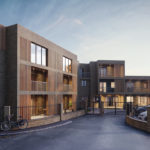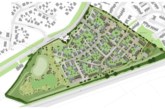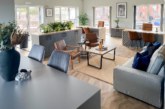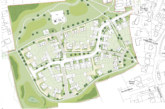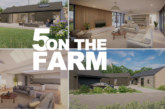Karolina Adamczyk, Chief Visionary Officer of ADEMCHIC, a design consultancy for property developers, offers her top five tips to developers looking to secure the best sale.
Careful and precise planning are necessary to make any development financially lucrative. Often overlooked, or deemed secondary, is the impact that marketing and interior design can have on your project. Not only could a clever layout and style boost the value of individual apartments and increase your ROI, it can also attract the increasing number of discerning buyers who seek individually designed homes.
Here are Karolina’s top five tips that will help position your next scheme ahead of the competition.
- Discover the power of a good floor plan
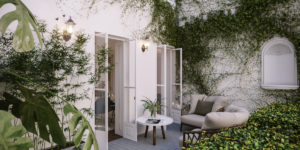 Layouts are one of the most overlooked aspects of the development process. We often see beginner developers who assume that a floorplan that was designed by the planning architect is automatically the best solution. In doing so, they may be missing the opportunity to maximise the value for their project. Sometimes the smallest change makes the biggest difference.
Layouts are one of the most overlooked aspects of the development process. We often see beginner developers who assume that a floorplan that was designed by the planning architect is automatically the best solution. In doing so, they may be missing the opportunity to maximise the value for their project. Sometimes the smallest change makes the biggest difference.
It’s not uncommon for us to uncover value in excess of £50,0000-£150,000 through floor plan optimisation on developments of 10 units or more. In central London, that can often be achieved by rejigging the layout to add just one bedroom to the floor plan. Maximising the available space is the developers’ biggest challenge and also their biggest opportunity. However, it’s not always about creating more bedrooms. The trick is to create a product that appeals the most to your target market, something that the planning consultant might have not thought about when securing planning on the site.
- Remember to market during the building process
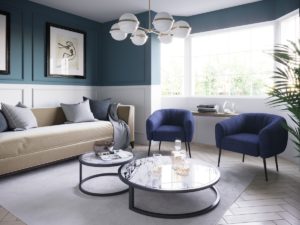 It should go without saying but it is surprising how often we meet a developer who has not thought about marketing their project during the building process. What has worked very effectively for our clients are the marketing packages that sell the aspirational lifestyle, quality CGI images, hoardings, brochures, microsites and social media campaigns.
It should go without saying but it is surprising how often we meet a developer who has not thought about marketing their project during the building process. What has worked very effectively for our clients are the marketing packages that sell the aspirational lifestyle, quality CGI images, hoardings, brochures, microsites and social media campaigns.
Do it like the big fish in the industry and always remember that the sooner you put your development out there, the sooner you can attract off-plan buyers. This, inevitably, has a major positive impact on your project’s financing costs.
For example, a developer has a bridging loan of £30,000 per month and chooses to spend £15,000 to create CGIs and marketing materials to secure sales off plan. That marketing budget is just 50% of your monthly financing costs. But in our experience, it allows our clients to sell sites before practical completion and save accruing financing costs for each month. If you assume just six months to sell all the units, that is £180,000 financing costs that are saved by utilising your £15,000 budget at the right time.
- Don’t cut costs in the fit out stage
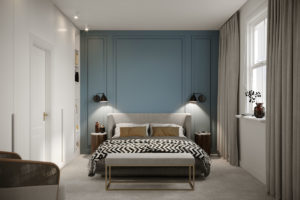 It’s not rare to witness a developer running low on funds towards the end of a scheme’s building phase and cutting down on specification as a result. This can often lead to creating a product that does not differentiate your development for the buyers that come through the door. In reality, this can cost you more than you bargain for as cheap looking interiors often result in more discounts and longer selling times. To avoid this, spend a month or two at the beginning of the project to create a one-of-a-kind specification that will make your project stand out in the selling process. Starting early with your specification will also insure better trade deals on fixtures and allow you to compare apples with apples during your contractor tender process.
It’s not rare to witness a developer running low on funds towards the end of a scheme’s building phase and cutting down on specification as a result. This can often lead to creating a product that does not differentiate your development for the buyers that come through the door. In reality, this can cost you more than you bargain for as cheap looking interiors often result in more discounts and longer selling times. To avoid this, spend a month or two at the beginning of the project to create a one-of-a-kind specification that will make your project stand out in the selling process. Starting early with your specification will also insure better trade deals on fixtures and allow you to compare apples with apples during your contractor tender process.
- Avoid accumulating extras
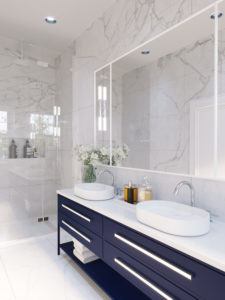 In a development, time equals money more than in any other business. Time is of the essence, so every day without a decision adds unnecessary costs and pressures – contractor fees, professional fees, consultant fees, financing fees, etc. To avoid this, always ensure that your contractors have full specifications from the start, including technical drawings for bathrooms, communal areas, and kitchens.
In a development, time equals money more than in any other business. Time is of the essence, so every day without a decision adds unnecessary costs and pressures – contractor fees, professional fees, consultant fees, financing fees, etc. To avoid this, always ensure that your contractors have full specifications from the start, including technical drawings for bathrooms, communal areas, and kitchens.
While a detailed design fee seems like a large cost at the beginning of the project, often when you add up the total extras at the end you will find that the design cost would have been a small percentage of the additional amount of extras you have accumulated.
A clear detailed design avoids your fit-out budget increasing once work commenced. Apart from the obvious grief that comes with a growing budget and decreasing margin, every day’s budget pressures may impact your relationship with the professional team – especially your contractors. It will also consume your time and drive, which you could invest instead in finding your next site.
- Don’t underestimate the emotional factor of show homes
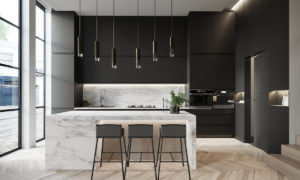 Buyers fall in love with the idea of a home – a show home’s purpose is to create an aspirational lifestyle and home they want to live in. Our recipe for success in creating an effective show home is a careful selection of accessories. It’s not about the sofa or bed you have bought, it’s the perception of cosiness and emotions we create through accessories like art, rugs and throw pillows. A show home is a commercial decision with its own ROI. You want your buyers to step inside and feel like home. We have curated show homes that have attracted offers of up to 20% over asking price.
Buyers fall in love with the idea of a home – a show home’s purpose is to create an aspirational lifestyle and home they want to live in. Our recipe for success in creating an effective show home is a careful selection of accessories. It’s not about the sofa or bed you have bought, it’s the perception of cosiness and emotions we create through accessories like art, rugs and throw pillows. A show home is a commercial decision with its own ROI. You want your buyers to step inside and feel like home. We have curated show homes that have attracted offers of up to 20% over asking price.

